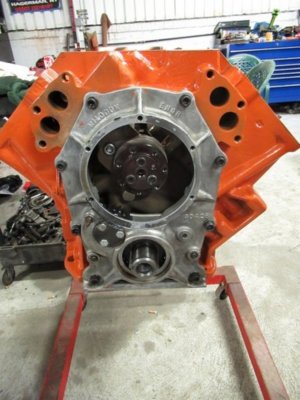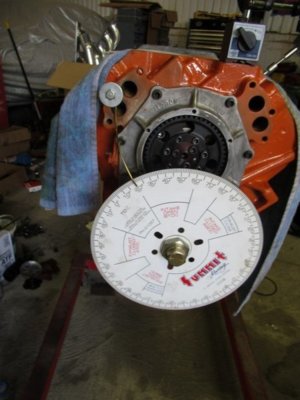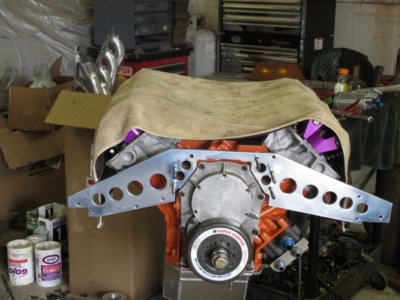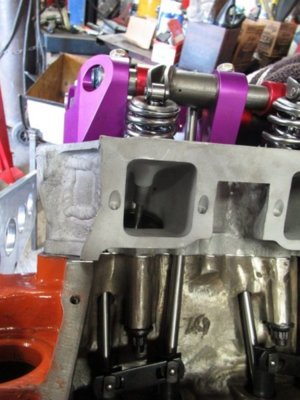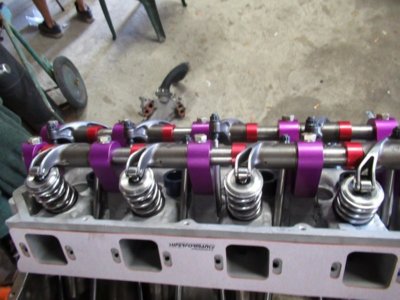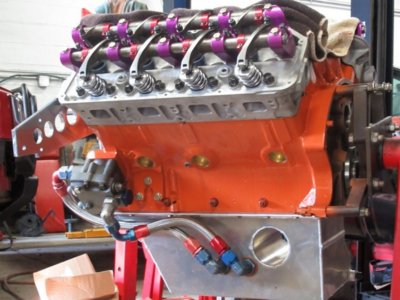BSB67
Well-Known Member
Some helpful info.
https://www.hotrod.com/articles/cam-install-from-the-start/
"After the initial baseline cranking-compression check, advance the camshaft 2 degrees. Be sure to check piston-to-valve clearance before cranking the engine over, or damage could occur. Remeasure No. 1 cylinder’s cranking compression. Now retard the cam the same amount and check the cranking compression again.
If advancing or retarding the cam raised the cranking compression, continue to alter the cam position by 2-degree increments in the same direction cranking compression improved until the cylinder pressure drops, then back off to the highest observed number.
Maximizing cylinder pressure using this technique offers a fairly reliable method of determining optimum camshaft position for a given engine combo, compensating not only for valve timing, but also for the given engine’s rod/stroke (R/S) ratio. Circle track engine builders have had good success with this technique if they aren’t able to sort out the cam on an actual engine dyno."
That does not make a lot of sense to me. Cranking compressions is only an indirect measure of the intake closing point. There are three other cam events that might have an impact on performance. And I think if you keep advancing the cam, the cylinder pressure will keep going up.

